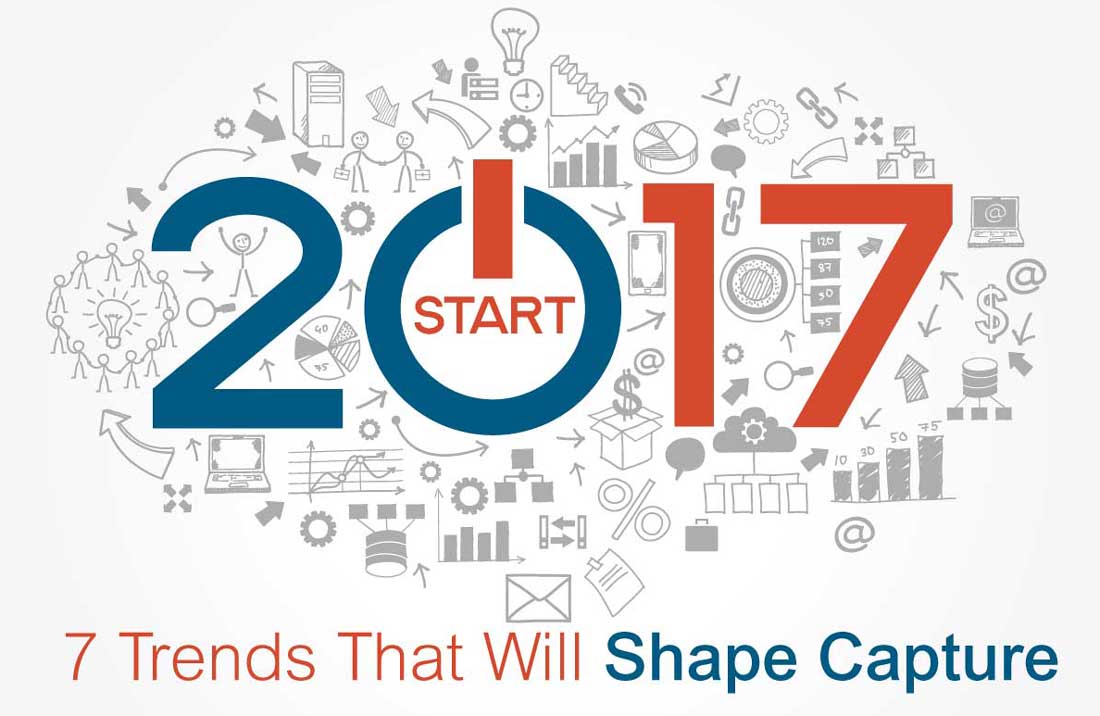As we approach the New Year, it’s time to consider what 2017 will bring in Artificial Intelligence (AI), data, and the art of the possible. Many successful businesses will focus their automation efforts on what can actually get done given these seven trends.
Seven Trends
- Deep learning will move from the honeymoon phase to the more practical. The breathless love affair with deep learning will leave the honeymoon phase and a more realistic perspective will be developed. The place for more-traditional machine learning techniques alongside—and in some cases instead of—deep-learning techniques, such as CNNs and RNNs, will be recognized and leveraged.
- Quality input data will be invaluable. High-performing machine learning applications are only as good as the input data used. In the years leading up to now, machine learning in the academic and commercial space could get by with publically-available data. Competitive advantage will come from better, more-relevant and more voluminous data. Brokerages will pop-up to satisfy this need when the ability to independently gather a sufficient level of data is not practical.
- Machine learning will not be an off-the-shelf-product, despite any vendor’s claims. General acknowledgement that machine learning isn’t an off-the-shelf capability will occur across industries. Staff who understand how to implement AI will become an even more hot commodity wherever companies wish to employ machine learning instead of traditional algorithmic development. Retail-level AI doesn’t yet exist in 2017.
- The Law will play catch up with AI. A sunshine law of sorts will become part of the conversation regarding AI and machine learning as more decisions are left to the artificial minds of computers. This will help ensure scrutiny of how models are developed and avoid inherent biases. More data on what inputs were used and how the algorithms arrive at answers will become a necessity to prove or disprove bias.
- Data-as-a-Service models will grow and multiply, as we’ve seen with the emerging algorithm markets. Traditional businesses (apart from the big data companies) with treasure troves of “actionable data” will explore how best to monetize their data lakes and begin the first steps toward this goal. They will also make critical strides in replacing their “big data” analytics with focused, rapid and actionable data analytics so that more of the “right” analytics questions get asked and answered.
- API-as-a-Service in cloud computing (both public and private) with machine learning underpinnings will continue as a major trend where the underlying technical details are abstracted away from the businesses that use them. Few installation steps and no maintenance will be required. Businesses that succeed in developing their cloud strategies will link their IT services to business outcomes and see significant gains over their competitors in 2017.
How to Prepare
Running a business in the era of accelerated (and sometimes exponential) change may be exhilarating, but it’s also unnerving—especially if your core business has nothing to do with hardware or software. The best advice to keeping in step with these seven trends is deceptively simple—be resilient and fearless, as one Silicon Valley mantra goes “fail forward.”
Make small incremental changes in line with the overall strategy without taking short cuts. Keep doing what works, hone it and make it better. To avoid repeating a failure requires an open environment and the fearlessness to analyze why something failed so that the failure isn’t repeated in a bigger more expensive way. In the end, the road to business success matters just as much as getting there since there will be even more exciting transformations in store for us beyond 2017.

